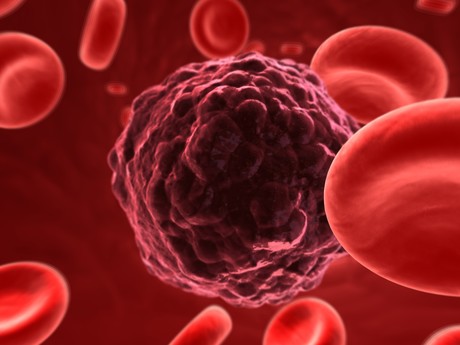Triggering pigmentation to prevent melanoma

Scientists may not be able to stop fair-skinned redheads from getting sunburnt but they are a step closer to reducing their likelihood of certain types of skin cancer. Researchers from Boston and Edinburgh have found that triggering skin pigmentation in the laboratory can prevent mice from developing melanoma.
Redheads and other fair-skinned individuals with poor tanning ability have a reduced capacity to induce pigmentation due to a variant in the protein melanocortin-1 receptor (MC1R). This variant, MC1R RHC, is associated with a high risk of developing melanoma, a process known as melanomagenesis, in both humans and mice. It is also known to have an important role in repairing the DNA of sun-damaged skin and producing melanin.
It is still unclear how MC1R activity is modulated by ultraviolet irradiation and whether it is possible to restore the activity of RHC variants to reduce the possibility of developing melanoma. Researchers led by Boston University’s Rutao Cui and Ian Jackson from the University of Edinburgh have modified the melanocortin-1 receptor in MC1R RHC variant mice, changing their skin pigmentation.
A G-protein-coupled receptor, MC1R can be activated in melanocytes by α-melanocyte-stimulating hormone (α-MSH). This process stimulates cAMP signalling, boosting melanin production and enhancing DNA repair following exposure to ultraviolet irradiation.
The researchers screened several small molecules and found that the addition of palmitic acid modulates the activity of MC1R RHC variants, triggering increased pigmentation by activating MC1R signalling with the protein palmitoylation. In experiments using MC1R RHC variant mice, the researchers found that activating palmitoylation increased pigmentation and prevented melanomas from developing.
The pharmacological activation of palmitoylation prevents melanomagenesis by rescuing the defects of MC1R RHC variants, highlighting the central role of MC1R palmitoylation in melanoma prevention strategies.
While this research is in its infancy, the international team of researchers believe there is potential for clinical strategies to prevent melanomas through rescuing MC1R palmitoylation by upregulation of the protein-acyl transferase ZDHHC13. Alternatively, inhibition of depalmitoylation may prove effective in future clinical studies.
The paper ‘Palmitoylation-dependent activation of MC1R prevents melanomagenesis’ is published in the journal Nature.
European Space Agency inaugurates deep space antenna in WA
The ESA has expanded its capability to communicate with scientific, exploration and space safety...
Black hole collision supports Hawking's landmark theory
Astrophysicists have witnessed a collision between two black holes that was so loud, they were...
Uncovering differences in wild and domesticated crops
Researchers have revealed insights into the genetic make-up of wild varieties of common crops...



